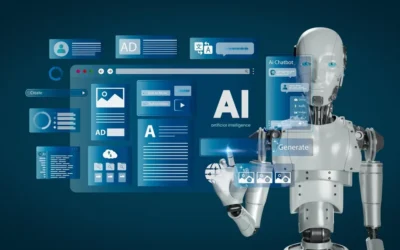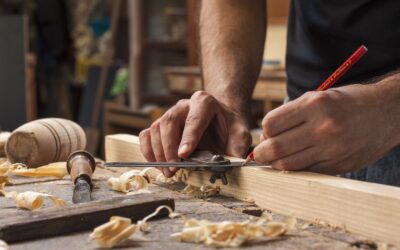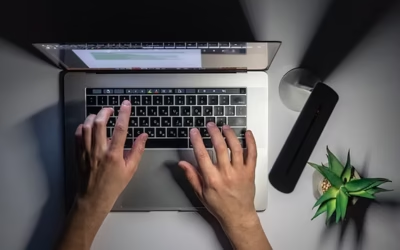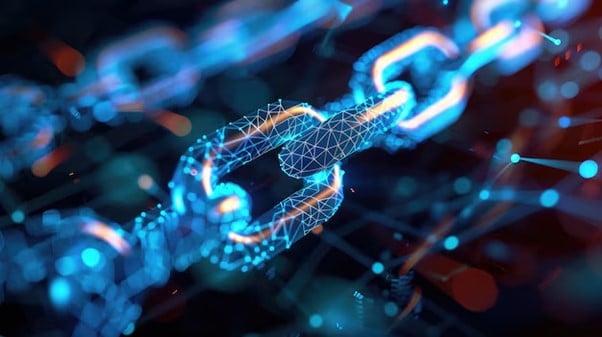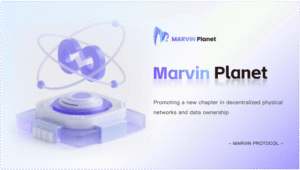From Tapes to Digital – Save Your Precious Memories Before They’re Lost

Memories are priceless. From old family videos to recordings of special events, these moments are often stored on outdated formats like VHS tapes, MiniDVs, Hi8, and cassettes. Unfortunately, these physical media are deteriorating over time. Converting tapes to digital is no longer a luxury—it’s a necessity if you want to preserve your memories for future generations. This process not only saves your past but also makes your cherished recordings easily accessible in today’s digital world.
The Fragile Nature of Analog Media
Tapes were once the pinnacle of technology for recording life’s moments. VHS tapes captured family events, camcorder tapes held travel adventures, and cassette tapes preserved voice memories and music collections. However, these analog formats were never designed to last forever. Most magnetic tapes begin to degrade after 10 to 20 years due to factors like humidity, temperature changes, and magnetic decay.
When tapes deteriorate, the image quality fades, sound becomes distorted, and eventually, playback becomes impossible. Even if your old tapes are still in good condition, finding functional players is another challenge. VHS and camcorder machines are becoming rare, and replacement parts are nearly impossible to find. This is why transferring tapes to digital is an essential step in keeping your personal history alive.
Why You Should Convert Tapes to Digital Now
The main reason to convert tapes to digital is preservation. Digital files don’t degrade over time like physical tapes do. Once your footage is stored in a digital format, it can be copied, backed up, and shared indefinitely without losing quality. Here are a few more reasons why converting now is so important:
Protection from Physical Damage
Tapes can easily be damaged by mold, water, dust, or magnetic fields. Once the tape is destroyed, the content is gone forever. Digital backups, however, can be stored in multiple locations—including cloud storage, external hard drives, and USB devices—to ensure your memories are safe.
Easy Access and Sharing
Old tapes require bulky players, cables, and sometimes outdated televisions just to view them. With tapes to digital conversion, your videos can be stored as MP4 or other modern formats, allowing you to view them on computers, smartphones, or smart TVs. Sharing special moments with family through email or social media becomes simple and instant.
Enhanced Quality
Many professional services that convert tapes to digital use advanced equipment and software to enhance video and audio quality. They can correct color fading, improve brightness, and reduce noise. This means your old footage will look clearer and more vibrant than ever before.
Saving Space
Boxes of tapes take up valuable storage space. Once converted to digital, hundreds of tapes can be stored on a single hard drive or in the cloud. This declutters your home while keeping every memory safe and organized.
The Process of Converting Tapes to Digital
You can choose to convert your tapes to digital at home or hire a professional service. Each approach has its own pros and cons depending on your time, budget, and desired quality.
DIY Conversion
If you have the equipment and patience, you can transfer tapes yourself. You’ll need:
- A working VCR or camcorder compatible with your tapes
- A video capture device (connects the player to your computer)
- Conversion software to record and save the footage in digital format
While DIY conversion is cost-effective, it can be time-consuming and requires some technical knowledge. Each tape must be played in real time during the transfer, and adjustments may be needed to ensure the best quality.
Professional Conversion Services
Professional tapes to digital companies have specialized machines that handle different tape formats safely and efficiently. They also offer additional services like video editing, color correction, and DVD or USB output. Although this option may cost more, the results are usually superior and hassle-free. You can simply drop off your tapes and receive high-quality digital copies ready to view and share.
Choosing the Right Digital Format
When converting tapes to digital, you’ll need to decide which digital format suits your needs. Common options include:
- MP4: Highly compatible and easy to share; works on almost any device.
- AVI or MOV: Offers higher quality for editing or archiving.
- DVD: Ideal if you prefer physical backups that can be played on DVD players.
Most people choose MP4 for everyday use since it balances quality, file size, and compatibility perfectly.
Storing and Protecting Your Digital Files
Once your tapes are digitized, proper storage and backup are essential to ensure they remain safe. Consider these tips:
- Keep copies on at least two different storage devices (e.g., an external hard drive and a USB stick).
- Use cloud storage platforms such as Google Drive, Dropbox, or iCloud for off-site backups.
- Label and organize your files by date or event for easy searching.
- Review and update your storage devices every few years to prevent data loss.
Digital files can last forever if properly maintained, giving you peace of mind that your memories will always be accessible.
Reviving Family Memories Through Digital Conversion
Converting tapes to digital is not just a technical task—it’s an emotional journey. Watching those moments again can bring back laughter, nostalgia, and family connections. You might rediscover forgotten moments like your child’s first steps, your wedding ceremony, or your grandparents’ stories. Once digitized, these memories can easily be shared during family gatherings, creating new moments of joy from the old ones.
Many families have also started compiling their digitized footage into documentaries or slideshows. With editing software, you can add titles, background music, and effects to make your old recordings more engaging and meaningful. Turning your family archives into a digital treasure ensures that your story continues to be told for generations.
The Future of Your Memories Starts Today
Every day you delay converting your tapes to digital, your memories are at risk of fading away. Time, dust, and technology obsolescence are constant threats. By taking action now, you safeguard your family history and make it easy to share those moments with loved ones across the globe. Whether you choose to do it yourself or hire professionals, the most important step is to start.


